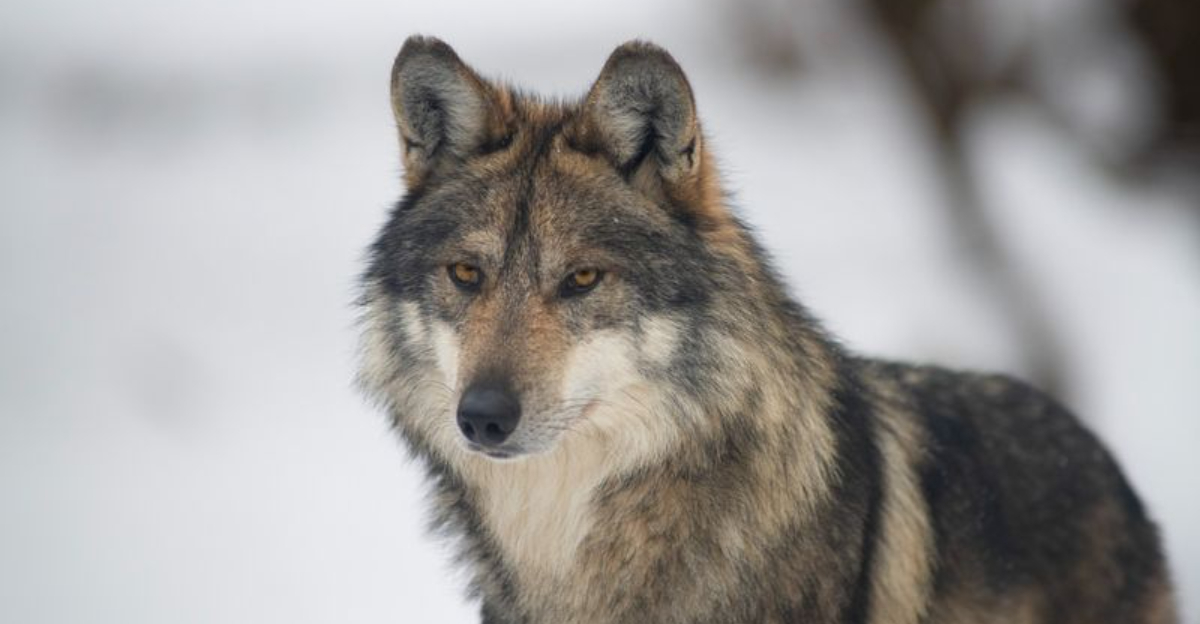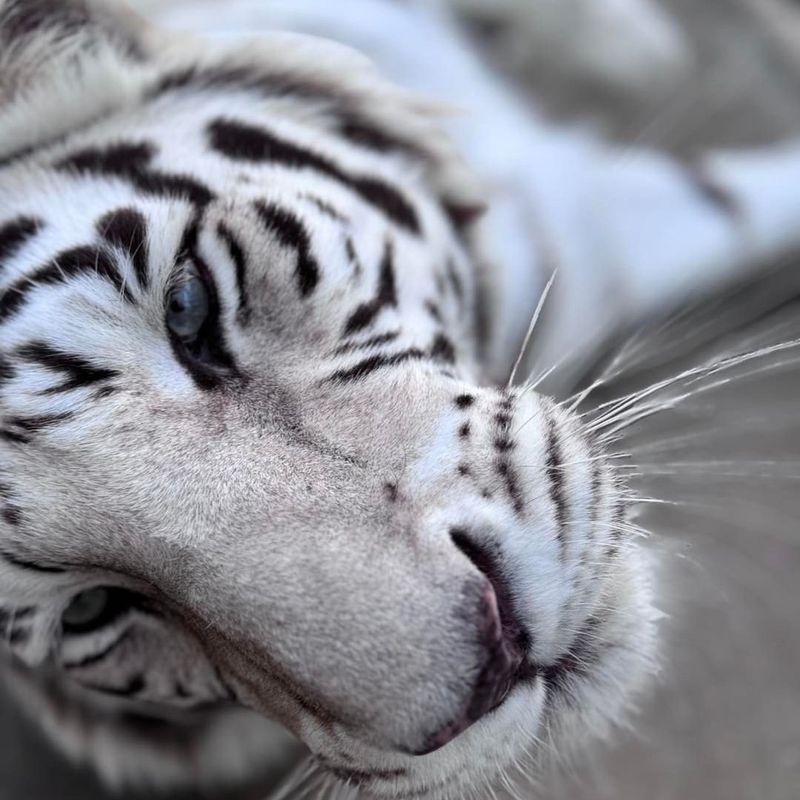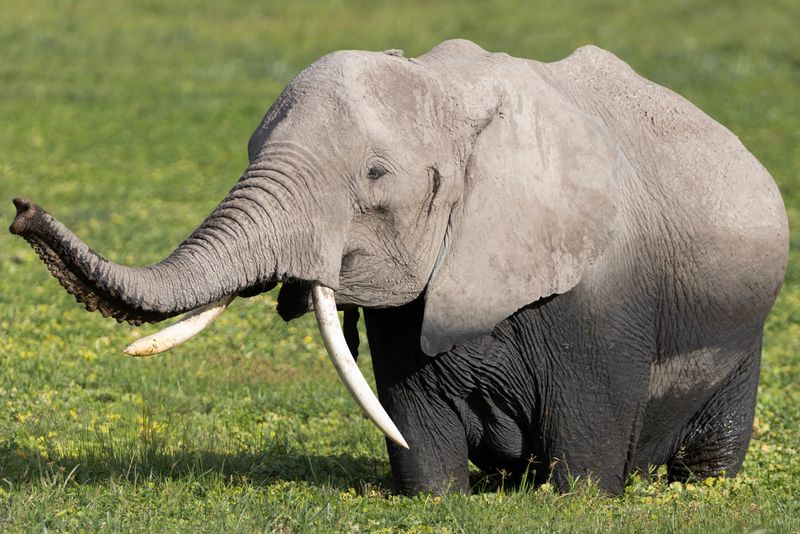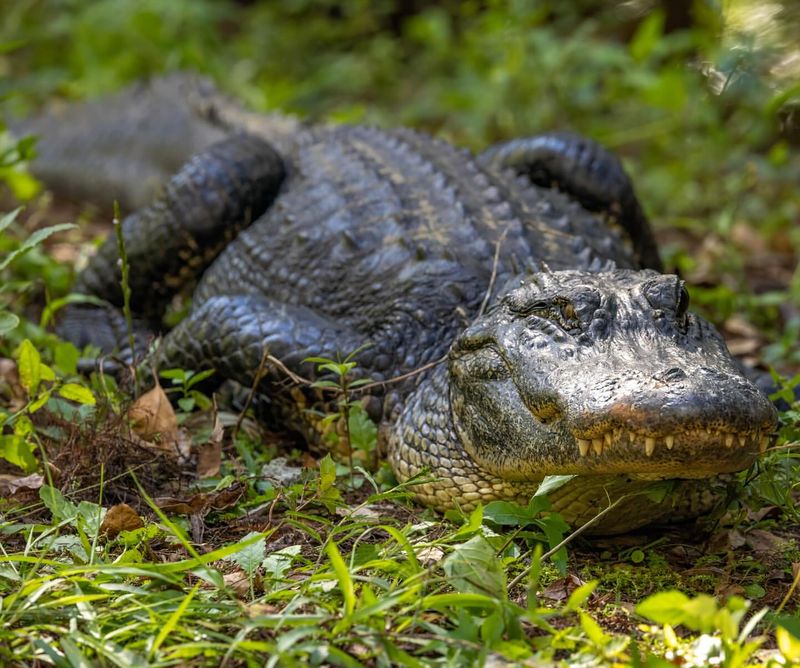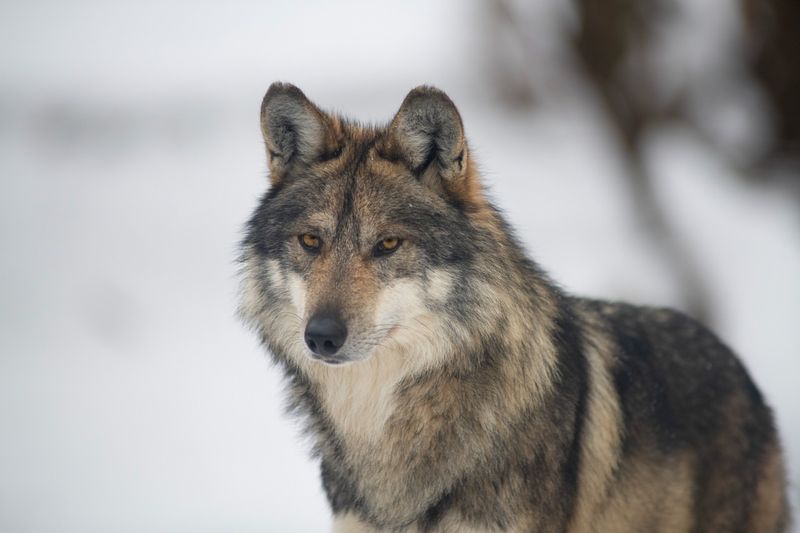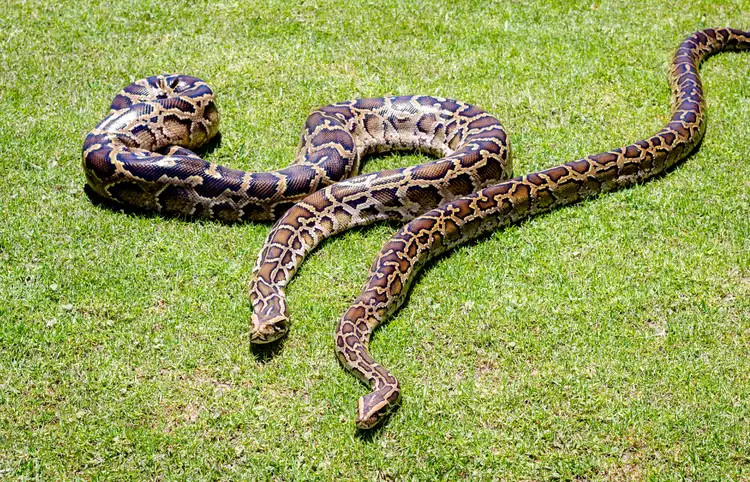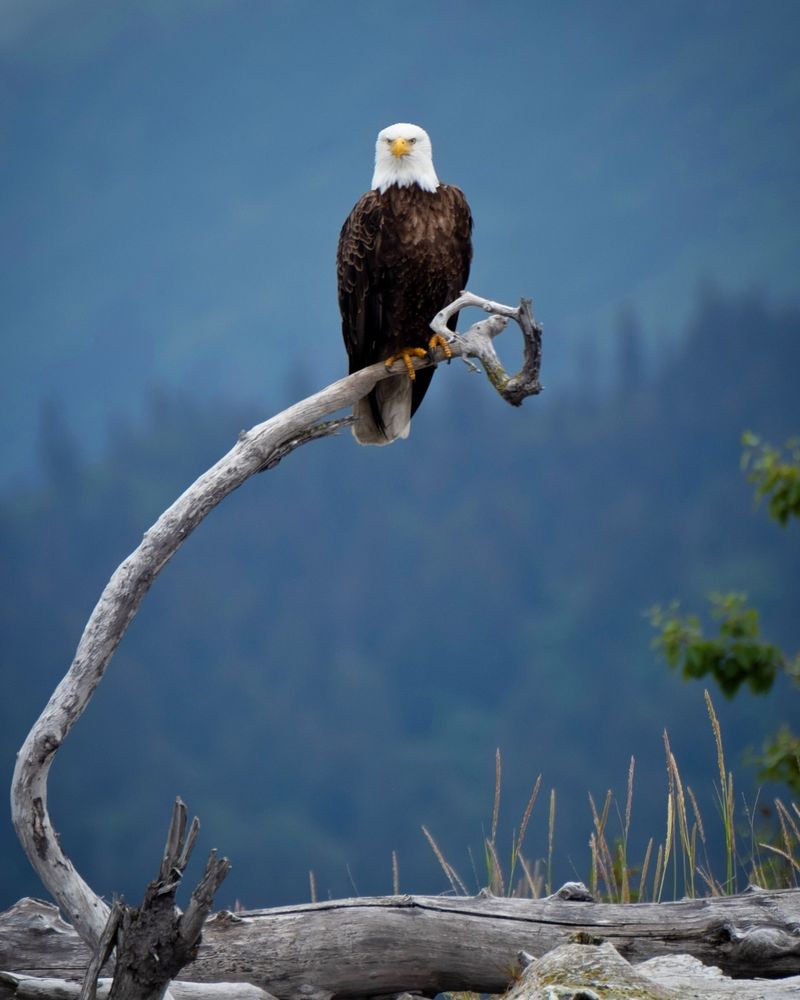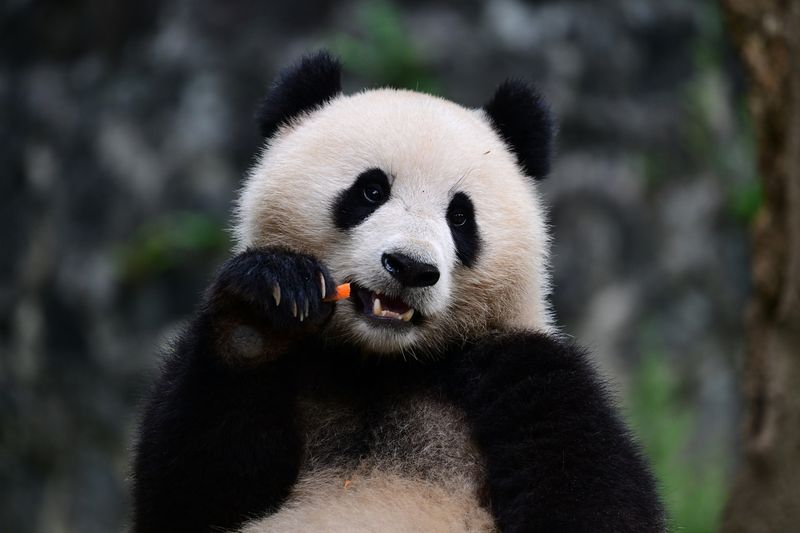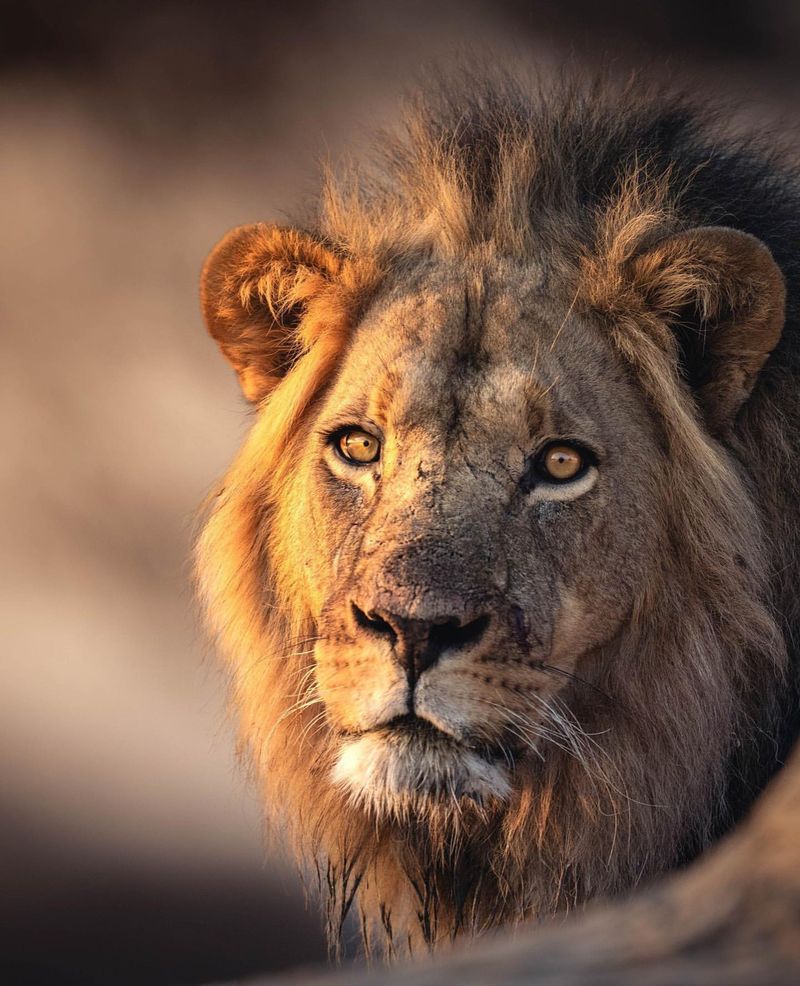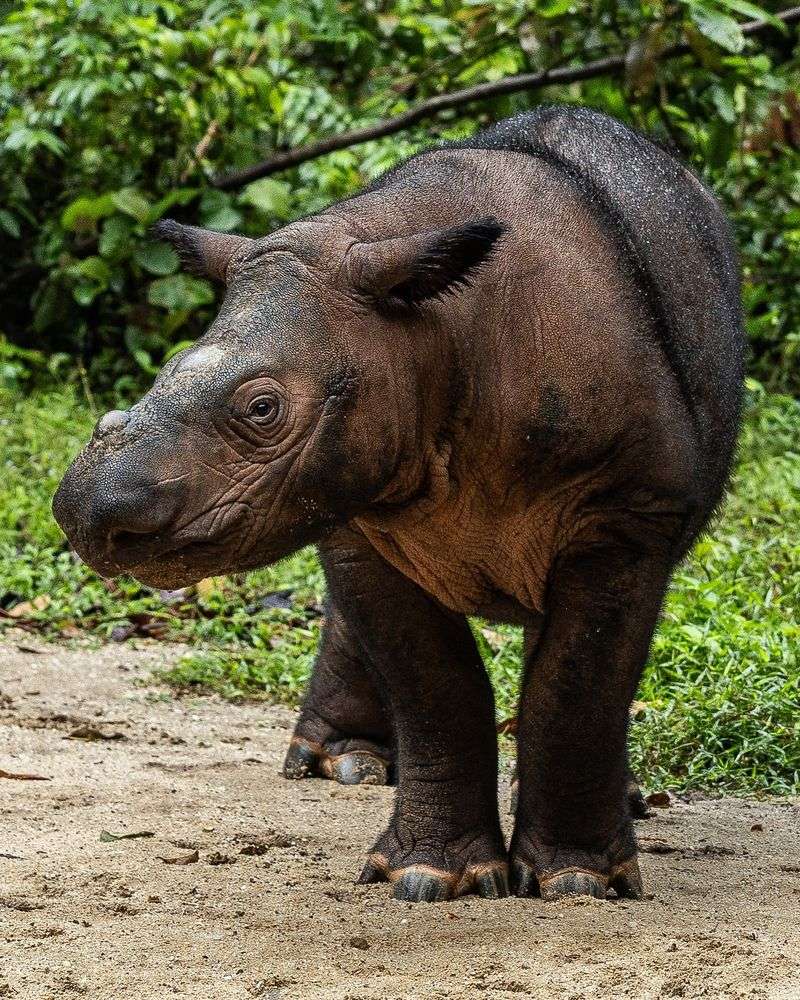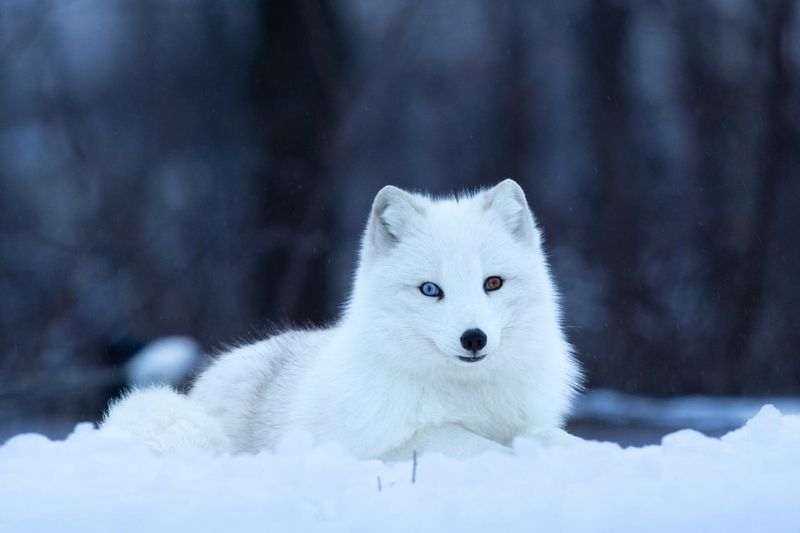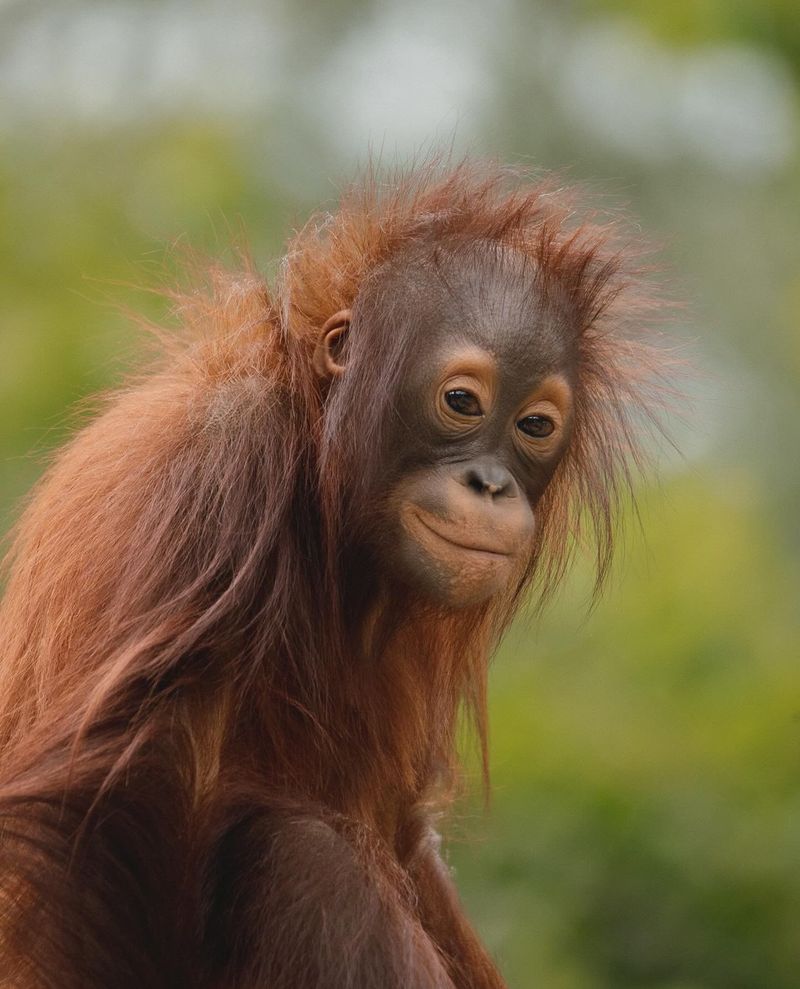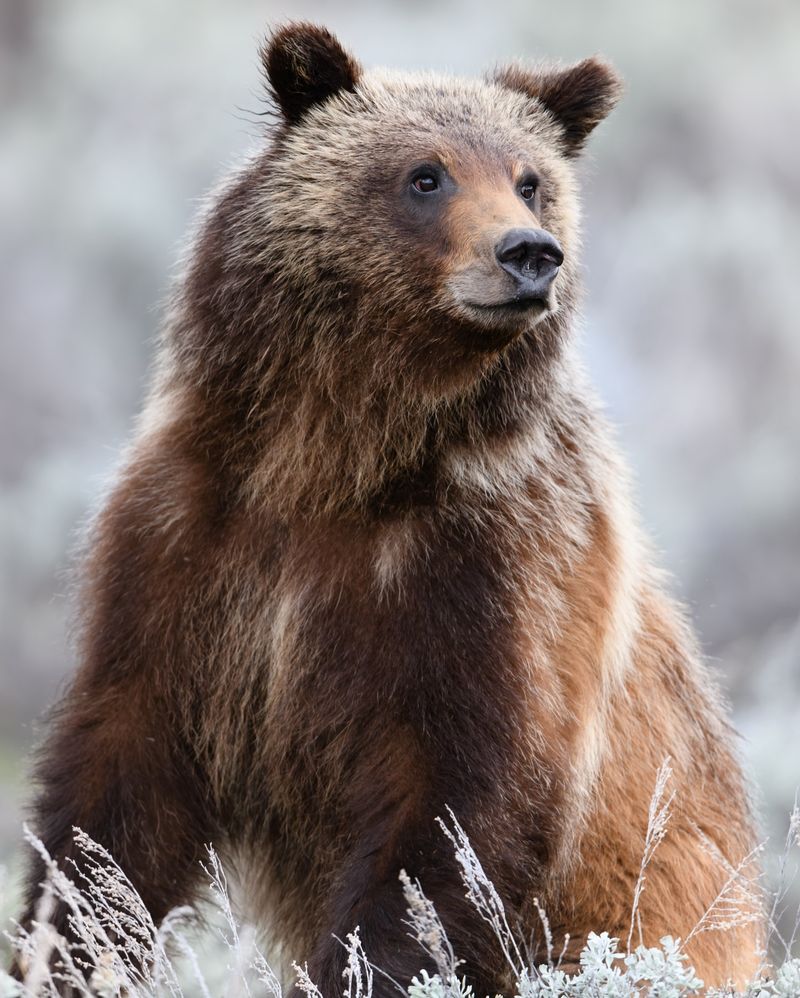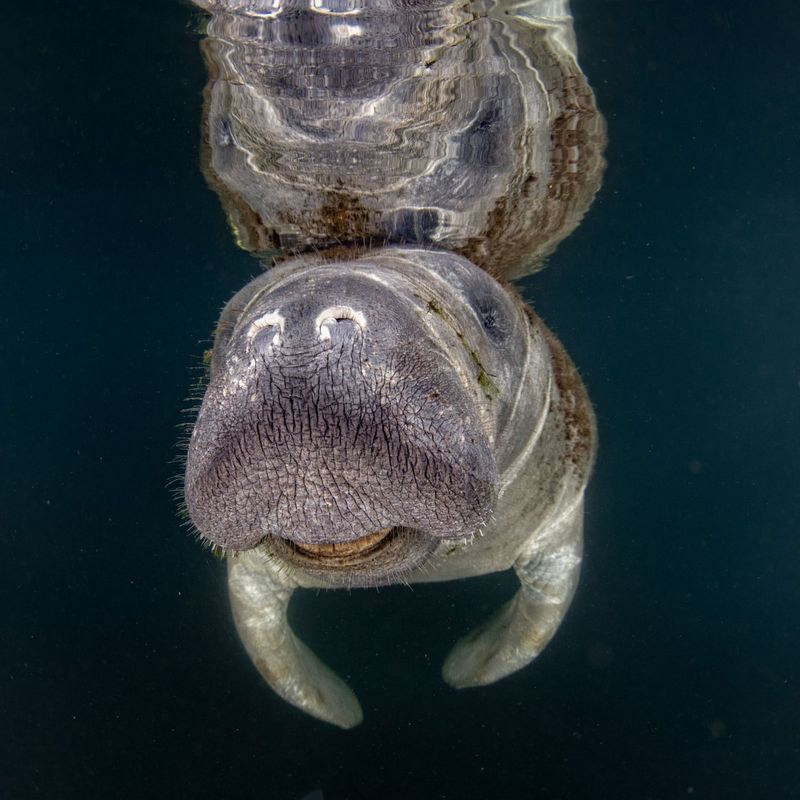📖 Table of Content:
Releasing animals into the wild often appears to be a compassionate gesture, but it can inadvertently cause harm. Whether by disrupting ecosystems or endangering the animals themselves, the effects can ripple far beyond initial intentions. Careful planning and understanding are essential to prevent unintended ecological damage.
Certain species, when introduced or reintroduced to new environments, can outcompete native wildlife or spread disease. In some cases, these animals lack the necessary skills to survive, leading to suffering or death. These scenarios highlight the delicate balance required to manage wildlife responsibly.
Let’s examine 15 animals that could face disastrous consequences if released into the wild. Learn how well-meaning actions can sometimes backfire and why certain species are better suited to protected environments. Understanding these risks is crucial for both animal welfare and ecosystem health.
1. Bengal Tiger
Releasing a Bengal tiger back into the wild may seem like a noble effort, but it can quickly turn into a dangerous gamble. Tigers that have spent time in captivity often lose their natural hunting instincts, making survival challenging. In some cases, they turn to human settlements for food, increasing the risk of conflict.
Additionally, reintroducing a large predator into an unprepared ecosystem can disrupt the balance of prey populations. Without proper monitoring, this decision could spell disaster for both the tiger and the surrounding environment.
2. African Elephant
At first glance, freeing an African elephant might appear to restore balance to the wild, but the reality is far more complex. Elephants raised in captivity lack the social skills needed to integrate into established herds. This isolation can leave them vulnerable to predators or poachers.
In areas already facing food shortages, introducing another large grazer can place further strain on limited resources. What begins as an act of kindness could inadvertently lead to suffering and destabilization.
3. American Alligator
The American alligator, once endangered, has made an incredible comeback—but reintroducing captive alligators to the wild could upset this delicate progress. Alligators accustomed to humans may lose their natural fear, leading to increased encounters and potential attacks.
Furthermore, they can introduce diseases to wild populations, threatening the species’ overall health. Even a single misstep in release planning can ripple through ecosystems, creating long-term consequences. Sometimes, leaving well enough alone is the best course of action.
4. Gray Wolf
These animals are often romanticized as symbols of wildness, yet returning them to nature requires careful consideration. Reintroducing wolves into areas with livestock can reignite tensions between conservationists and farmers. Additionally, wolves released without established packs may struggle to survive, turning to easier prey or scavenging near human dwellings.
This dynamic can lead to conflict and calls for culling, reversing years of conservation progress. The path to coexistence is rarely as simple as setting them free.
5. Burmese Python
Burmese pythons may seem harmless when raised in captivity, but releasing them into non-native environments spells ecological disaster. In places like Florida, these invasive predators have decimated local wildlife, disrupting delicate ecosystems.
Their rapid reproduction and adaptability make controlling their population nearly impossible once they establish themselves. Even in their native habitat, released pythons can outcompete local snakes, throwing ecosystems off balance. The risks far outweigh the benefits.
6. Koala
The thought of returning koalas to the wild evokes warm feelings, but it can lead to heartbreaking consequences. Captive koalas may lack the instincts to find suitable eucalyptus trees or escape predators. Additionally, diseases like chlamydia can spread quickly among wild populations if introduced by released koalas.
The survival rate for reintroduced individuals is often low, underscoring the need for extensive preparation. In some cases, sanctuaries may offer a safer, more sustainable solution.
7. Bald Eagle
Bald eagles symbolize freedom, but releasing them without preparation can clip their wings metaphorically. Eagles bred in captivity may struggle to hunt effectively, leading to malnutrition or dependency on humans.
Furthermore, reintroductions in areas lacking sufficient prey can force eagles to compete fiercely, threatening weaker individuals. Improper releases can disrupt established nesting sites, complicating conservation efforts. True freedom for these birds often lies in controlled, strategic efforts rather than spontaneous releases.
8. Panda
They may capture hearts worldwide, but the reintroduction of pandas into the wild is fraught with challenges. These iconic bears require vast bamboo forests to thrive, and habitat destruction continues to threaten their survival.
Captive pandas may lack the territorial behaviors needed to establish themselves, leading to conflicts with wild individuals. Disease transmission between released and wild pandas can further complicate recovery efforts. In many cases, preserving their existing environments may be more impactful than direct reintroduction.
9. Lion
Releasing a lion back into the wild might sound like a fairytale ending, but it can easily turn tragic. Lions raised in captivity often lack the skills to hunt or defend territory, leaving them at risk of starvation or injury. Additionally, established prides are territorial and unlikely to accept newcomers, creating further barriers to reintegration.
This can lead to aggressive encounters and even death. Conservation programs often find greater success through habitat protection and breeding efforts rather than reintroductions.
10. Chimpanzee
Chimpanzees share 98% of our DNA, yet returning them to the wild is anything but straightforward. Captive chimps often develop human-like behaviors that make survival difficult in natural settings.
They may lack the necessary skills to forage or interact with wild troops, resulting in social rejection. Additionally, the spread of diseases like Ebola among wild populations poses a significant threat. The path to conservation lies in protecting existing habitats rather than risky reintroductions.
11. Rhino
Icons of strength and resilience, rhinos face numerous challenges upon reintroduction. Poaching remains a severe threat, and rhinos without the protection of reserves are easy targets. Additionally, rhinos need vast territories to thrive, which are increasingly scarce due to human expansion.
Captive rhinos may struggle to adapt to these new conditions, jeopardizing their survival. Conservationists often prioritize breeding programs and anti-poaching efforts over direct releases.
12. Arctic Fox
Perfectly adapted to frigid environments, the arctic fox faces a delicate balance in the wild. Captive foxes may lack the hunting skills to catch prey or the ability to withstand extreme weather.
Reintroducing these foxes in areas facing food shortages can exacerbate competition, harming wild populations. Additionally, genetic mixing between wild and captive foxes can introduce unforeseen health issues. Long-term protection of their habitats may offer a safer route to preserving these resilient creatures.
13. Orangutan
Critically endangered, orangutans face challenges when reintroduced to the wild. Orphaned or rehabilitated individuals often struggle with essential survival skills. Fragmented forests further hinder their chances by limiting access to mates, which can reduce genetic diversity.
Moreover, human contact during captivity can lead to behavioral changes that hinder their ability to adapt. Preserving and expanding their habitats remains the most effective way to ensure their future.
14. Grizzly Bear
Awe-inspiring and powerful, grizzly bears can pose risks when reintroduced to the wild. Bears accustomed to humans may search for food in populated areas, heightening the chance of conflict. These encounters can lead to unfortunate outcomes for both bears and people.
Furthermore, released grizzlies can disrupt existing bear populations, creating territorial disputes. Conservation efforts often focus on habitat preservation and conflict prevention rather than risky releases.
15. Manatee
Gentle giants of the sea, manatees face significant challenges when reintroduced to the wild. Captive manatees often have difficulty navigating natural waterways and locating seagrass beds for food. Their vulnerability to boat strikes and environmental changes further complicates their chances of survival.
Without thorough monitoring, released manatees can face significant risks. Protecting their aquatic habitats often proves more effective than attempting to reintegrate individuals into the wild.
